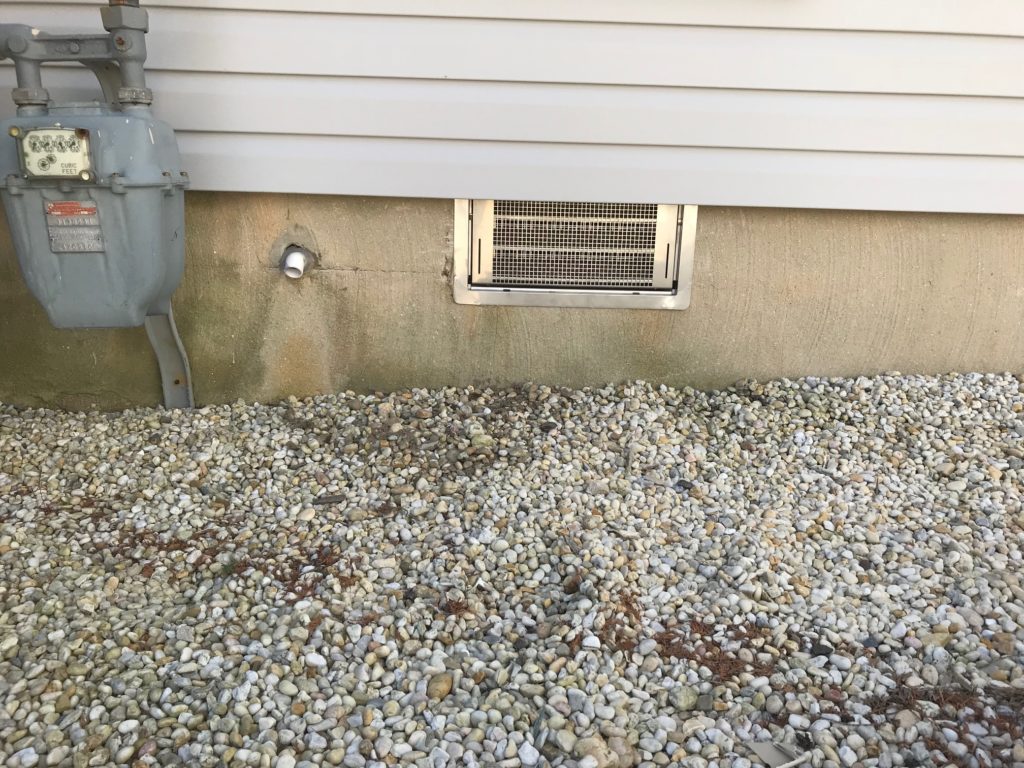6 Ways to Limit Heat Coming Into Your Home
We have officially hit the point in the summer season at the Jersey Shore where the heat can feel unbearable at times. The indoors are our escape from the heat, but what if your home is lacking adequate ventilation? Here are 6 tips ranging from easy to professional that you can take to make your home more comfortable year-round.
1. Covering Windows
Limiting the amount of light coming into your home during the day can help to keep your indoor temperature cool. Products like thermal curtains, blackout curtains, and even interior shutters can help to keep the heat from pouring into your home.
2. Properly use your ceiling fans
Are you aware that there are proper and improper ways to operate your ceiling fan?
A tiny switch at the base of your ceiling can shift the airflow’s direction. When it’s hot outside, your ceiling fan should rotate counterclockwise to force air downward, making you feel cooler. Your ceiling fan should rotate counterclockwise throughout the winter months to circulate the air without blowing directly on you. While a room may not technically become cooler as a result, your body will produce more evaporative cooling, which will make you feel cooler.
Ceiling fans can help maintain the home’s ventilation without incurring significant costs, however, they are not a singular solution to ventilation problems.
3. Cool Roof

Cool roofs maintain their coolness and minimize heat transfer to the house. According to the CRRC (Cool Roof Rating Council), Cool Roofs can significantly lower a home’s internal temperature if you don’t have air conditioning. If you have air conditioning, installing a cool roof can reduce your cooling costs by up to 15%.
So, how can one obtain a cool roof? Painting your roof with a light color designed for roofs is one of the most economical options. Even shingles can almost all be painted, but before you start slapping on the paint, make sure to ask your roofing manufacturer if painting it will void your guarantee.
4. Insulation
If your home doesn’t have the right amount or type of insulation, you could be allowing hot air into your home and forcing your air conditioning to work harder. Since heat rises, hot air could be coming up from your poorly insulated basement and/or crawlspace and infiltrating the living spaces. This hot air can seep its way into the attic and cause a host of other issues such as damage to your personal belongings. Insulation keeps the heat inside during the winter, but the same barrier will keep warmth outside during the summer.
5. Ventilation + Fans
Making sure that spaces in your home such as the attic, basement, and crawlspace have proper ventilation to avoid hot air and moisture from accumulating and being trapped inside your home.
From the top
Cross ventilation in your attic regulates heat transfer not only in your attic but also in your living area. Therefore, it is imperative to refrain from obstructing these vents with things like seasonal décor and boxes of personal belongings.
To the bottom
Additionally, effective ventilation of crawlspaces is necessary to manage moisture and stop structural damage. If you can see mildew, your current ventilation system is ineffective. Call the moisture management professionals at Jersey Shore Crawlspace right away!

6. Seal air leaks
Without you even knowing, outside air is entering your home from all over the place. From windows, door frames, basements, crawlspaces, the foundation, and even around recessed lights there are tiny cracks and holes from the house settling over time. While these cracks are individually small, they can make a significant difference in your home’s air quality and temperature when added up together. The best way to find and seal these air leaks is to seek a professional as they have the knowledge and experience to know where to look and what to find.
How Jersey Shore Crawlspace Enhancement Can Help Limit Heat Coming Into Your Home
Every home is different, just as every crawlspace and basement is different. We often get asked the question to vent or not to vent your crawlspace. We often inform our customers that an encapsulated crawlspace is the most efficient way to tackle the wide array of issues that can occur in crawlspace homes such as poor ventilation, extreme temperatures, and poor indoor air quality. We understand that some homeowners may wish to explore other options first—and we fully support that! All of our custom solutions start with a comprehensive evaluation, so don’t hesitate to schedule one if your home is experiencing high heat and temperature irregularities.
Contact us today to see how we can help with your home’s ventilation!
